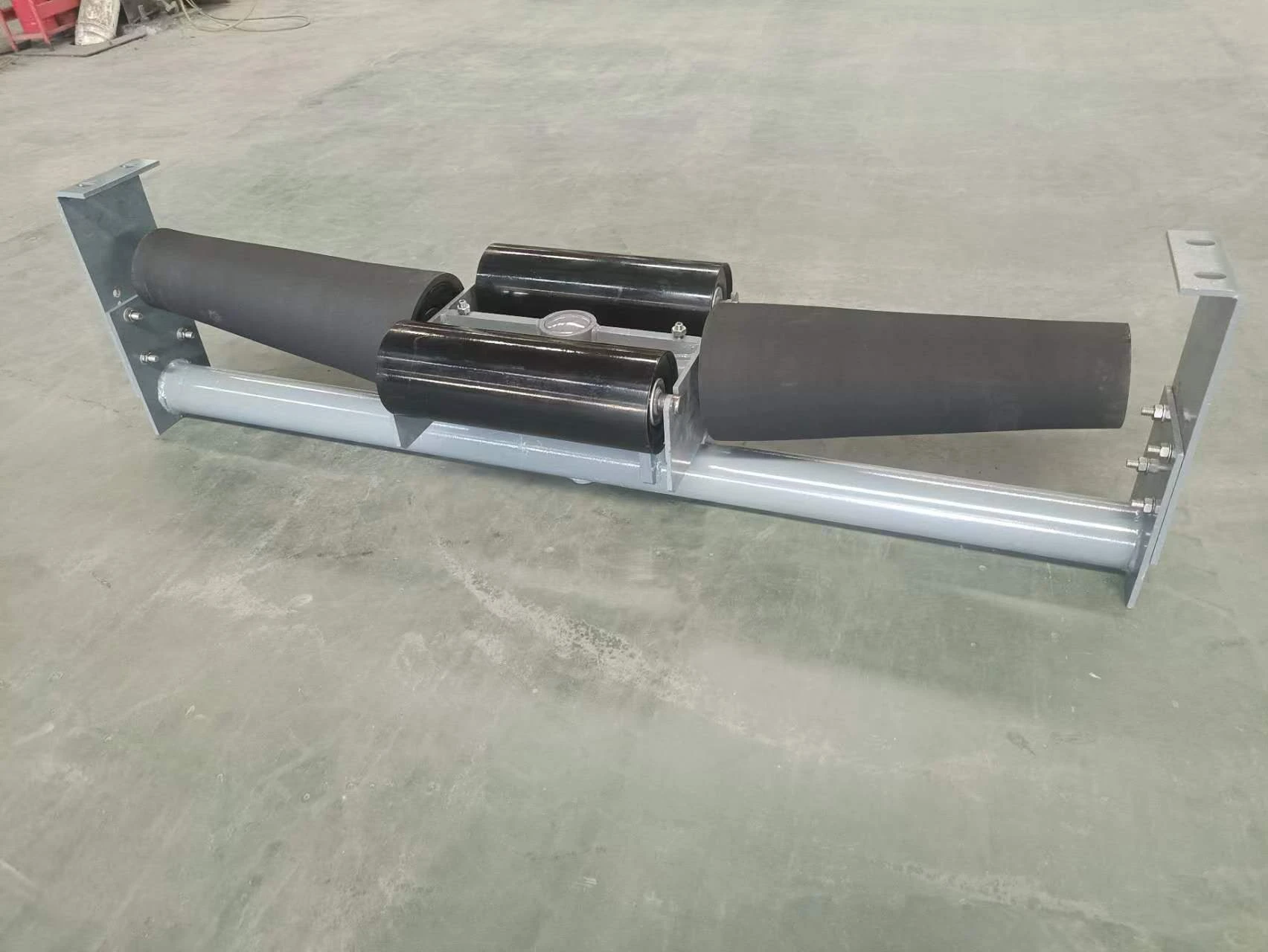 Afrikaans
Afrikaans  Albanian
Albanian  Amharic
Amharic  Arabic
Arabic  Armenian
Armenian  Azerbaijani
Azerbaijani  Basque
Basque  Belarusian
Belarusian  Bengali
Bengali  Bosnian
Bosnian  Bulgarian
Bulgarian  Catalan
Catalan  Cebuano
Cebuano  Corsican
Corsican  Croatian
Croatian  Czech
Czech  Danish
Danish  Dutch
Dutch  English
English  Esperanto
Esperanto  Estonian
Estonian  Finnish
Finnish  French
French  Frisian
Frisian  Galician
Galician  Georgian
Georgian  German
German  Greek
Greek  Gujarati
Gujarati  Haitian Creole
Haitian Creole  hausa
hausa  hawaiian
hawaiian  Hebrew
Hebrew  Hindi
Hindi  Miao
Miao  Hungarian
Hungarian  Icelandic
Icelandic  igbo
igbo  Indonesian
Indonesian  irish
irish  Italian
Italian  Japanese
Japanese  Javanese
Javanese  Kannada
Kannada  kazakh
kazakh  Khmer
Khmer  Rwandese
Rwandese  Korean
Korean  Kurdish
Kurdish  Kyrgyz
Kyrgyz  Lao
Lao  Latin
Latin  Latvian
Latvian  Lithuanian
Lithuanian  Luxembourgish
Luxembourgish  Macedonian
Macedonian  Malgashi
Malgashi  Malay
Malay  Malayalam
Malayalam  Maltese
Maltese  Maori
Maori  Marathi
Marathi  Mongolian
Mongolian  Myanmar
Myanmar  Nepali
Nepali  Norwegian
Norwegian  Norwegian
Norwegian  Occitan
Occitan  Pashto
Pashto  Persian
Persian  Polish
Polish  Portuguese
Portuguese  Punjabi
Punjabi  Romanian
Romanian  Russian
Russian  Samoan
Samoan  Scottish Gaelic
Scottish Gaelic  Serbian
Serbian  Sesotho
Sesotho  Shona
Shona  Sindhi
Sindhi  Sinhala
Sinhala  Slovak
Slovak  Slovenian
Slovenian  Somali
Somali  Spanish
Spanish  Sundanese
Sundanese  Swahili
Swahili  Swedish
Swedish  Tagalog
Tagalog  Tajik
Tajik  Tamil
Tamil  Tatar
Tatar  Telugu
Telugu  Thai
Thai  Turkish
Turkish  Turkmen
Turkmen  Ukrainian
Ukrainian  Urdu
Urdu  Uighur
Uighur  Uzbek
Uzbek  Vietnamese
Vietnamese  Welsh
Welsh  Bantu
Bantu  Yiddish
Yiddish  Yoruba
Yoruba  Zulu
Zulu steel idler rollers
Understanding Steel Idler Rollers Essential Components in Conveyor Systems
Steel idler rollers are critical components widely used in various industries for material handling and transportation. These rollers serve as supports for conveyor belts, helping to maintain their alignment and facilitate the smooth movement of goods. In this article, we will explore the significance of steel idler rollers, their construction, types, and applications, and why they are indispensable in modern conveyor systems.
The Significance of Steel Idler Rollers
Idler rollers play a pivotal role in ensuring the efficient functioning of conveyor systems. They are the stationary components through which the belt passes, supporting it while also reducing friction and wear. This not only enhances the lifespan of the conveyor belt but also minimizes operational downtimes and maintenance costs. Well-designed steel idler rollers can significantly improve the overall efficiency of a conveyor system, making them essential for industries that rely on bulk material handling, such as mining, agriculture, and manufacturing.
Construction of Steel Idler Rollers
Typically, steel idler rollers are made from high-quality carbon steel, which contributes to their durability and strength. The rollers are manufactured with precision to maintain a uniform diameter, ensuring consistent performance. In many cases, they feature a welded construction that enhances their robustness. Additionally, steel idler rollers can be coated or treated with anti-corrosive materials to withstand harsh environmental conditions, which is particularly important in outdoor or extreme-temperature applications.
Types of Steel Idler Rollers
There are various types of steel idler rollers designed to meet specific operational needs. The most common types include
steel idler rollers

1. Crowned Rollers These have a slightly raised center, which helps in keeping the belt aligned, thereby preventing it from slipping off during operation. 2. Flat Rollers These are standard rollers that provide basic support to the conveyor belt and are often used in less demanding applications.
3. Impact Rollers Designed to absorb shock, these rollers are typically placed at loading zones to protect the belt and improve durability.
4. Return Rollers Found on the return section of the conveyor belt, these rollers help in maintaining tension and supporting the belt as it returns to the loading point.
Applications of Steel Idler Rollers
Steel idler rollers are used in numerous industries. In mining, they support the transport of heavy materials such as coal and ore. In the agriculture sector, they facilitate the movement of grains and fertilizers. Manufacturing facilities utilize conveyor systems to transport products along assembly lines, where steel idler rollers play a crucial role in maintaining workflow efficiency.
Conclusion
Steel idler rollers are fundamental components that enhance the functionality of conveyor systems across various industries. Their ability to support heavy loads while minimizing wear on conveyor belts makes them indispensable for efficient material handling. As industries continue to evolve and demand higher efficiency, the importance of steel idler rollers will only continue to grow, ensuring that they remain a key feature in modern industrial applications.
-
Revolutionizing Conveyor Reliability with Advanced Rubber Lagging PulleysNewsJul.22,2025
-
Powering Precision and Durability with Expert Manufacturers of Conveyor ComponentsNewsJul.22,2025
-
Optimizing Conveyor Systems with Advanced Conveyor AccessoriesNewsJul.22,2025
-
Maximize Conveyor Efficiency with Quality Conveyor Idler PulleysNewsJul.22,2025
-
Future-Proof Your Conveyor System with High-Performance Polyurethane RollerNewsJul.22,2025
-
Driving Efficiency Forward with Quality Idlers and RollersNewsJul.22,2025





























